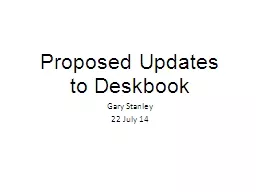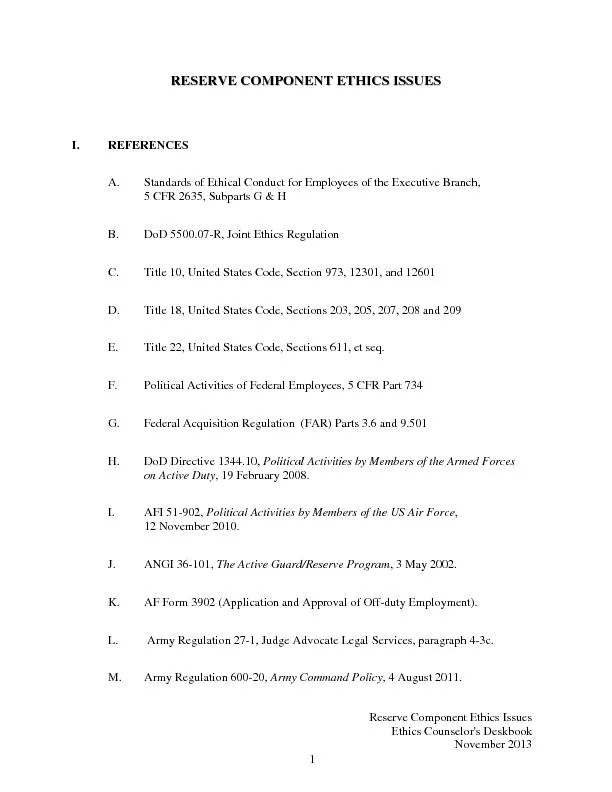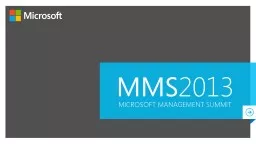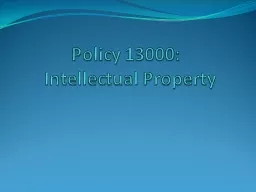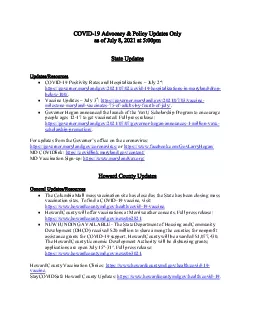PPT-Proposed Updates to Deskbook
Author : sherrill-nordquist | Published Date : 2016-06-23
Gary Stanley 22 July 14 Changes Due to new DoDI 500002 Terminology Changes Requirement Changes Proposed Changes to Matrix due to customer Feedback Proposed Changes
Presentation Embed Code
Download Presentation
Download Presentation The PPT/PDF document "Proposed Updates to Deskbook" is the property of its rightful owner. Permission is granted to download and print the materials on this website for personal, non-commercial use only, and to display it on your personal computer provided you do not modify the materials and that you retain all copyright notices contained in the materials. By downloading content from our website, you accept the terms of this agreement.
Proposed Updates to Deskbook: Transcript
Download Rules Of Document
"Proposed Updates to Deskbook"The content belongs to its owner. You may download and print it for personal use, without modification, and keep all copyright notices. By downloading, you agree to these terms.
Related Documents

